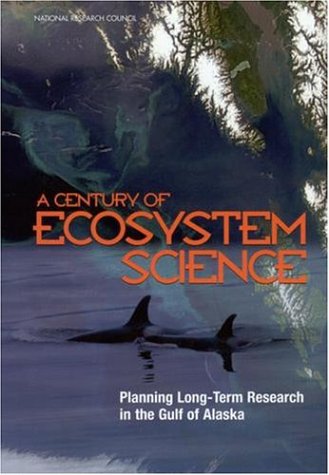

Most ebook files are in PDF format, so you can easily read them using various software such as Foxit Reader or directly on the Google Chrome browser.
Some ebook files are released by publishers in other formats such as .awz, .mobi, .epub, .fb2, etc. You may need to install specific software to read these formats on mobile/PC, such as Calibre.
Please read the tutorial at this link: https://ebookbell.com/faq
We offer FREE conversion to the popular formats you request; however, this may take some time. Therefore, right after payment, please email us, and we will try to provide the service as quickly as possible.
For some exceptional file formats or broken links (if any), please refrain from opening any disputes. Instead, email us first, and we will try to assist within a maximum of 6 hours.
EbookBell Team

4.0
6 reviews
ISBN 10: 0309084733
ISBN 13: 978-0309084734
Author: Committee to Review the Gulf of Alaska Ecosystem Monitoring Program, Division on Earth and Life Studies, Polar Research Board, Board on Environmental Studies and Toxicology, National Research Council
This report provides guidance to the Gulf Ecosystem Monitoring (GEM) program to help ensure that it is based on a a science plan that is robust, far-reaching, and scientifically sound. The report commends the Trustee Council for its foresight in setting aside funds to create a trust fund to provide long-term research support; it notes that the GEM program offers an unparalleled opportunity to increase understanding of how large marine ecosystems function and change over time. The report outlines elements of a sound long-term science plan, including conceptual foundation, scope and geographic focus, organizational structure, community involvement, data and information management, and synthesis, modeling, and evaluation.
Chapter 1: Planning Long-Term Ecosystem Science
Chapter 2: The Importance of a Conceptual Foundation
Chapter 3: Determining Scope and Geographic Focus
Chapter 4: Organizational Structure
Chapter 5: Community Involvement and Traditional Knowledge
Chapter 6: Data and Information Management
Chapter 7: Synthesis, Modeling, and Evaluation
Chapter 8: Conclusions and Recommendations
long term ecosystem changes
scientific study of ecosystems
scientific ecosystem
a century of science fiction
century ecosystem model
Tags: National Research Council, Century, Science, Planning